10 Best Herbal Essential Oils For Feverish Feeling

Herbal essential oils, such as peppermint, eucalyptus, and lavender, are often used to alleviate a feverish feeling due to their cooling and calming properties.
These oils can help reduce body temperature by promoting perspiration and improving circulation when used in a diffuser or applied topically with a carrier oil. Inhalation of these essential oils can also soothe the respiratory system, making it easier to breathe and easing the discomfort associated with a fever. However, it is important to use them cautiously and consult a healthcare professional, especially for children or individuals with sensitive skin.
While they may provide temporary relief, they should not replace medical treatment for high or persistent fevers.
FREE Herb Drying Checklist
How to make sure every batch retains maximum flavor, color, and aroma without the risk of mold or over-drying. Eliminate guesswork and trial-and-error, making herb drying faster, easier, and more efficient every time.
Table of Contents
1. Thymus vulgaris

Thymus vulgaris, commonly known as thyme, is a herb widely used in aromatherapy for its potent essential oils, which are known to support the body's natural defenses against illness.
The essential oil of thymus vulgaris contains compounds like thymol and carvacrol, which have antimicrobial and anti-inflammatory properties that may help alleviate symptoms associated with a feverish feeling. When used in inhalation or diffused into the air, thyme essential oil can help reduce congestion and promote a sense of clarity, making it beneficial for those experiencing a mild fever or flu-like symptoms. It is often recommended to dilute the oil with a carrier oil before topical application to avoid skin irritation.
While thyme essential oil can be a supportive remedy, it should not replace professional medical advice, especially for persistent or high fevers.
2. Rosmarinus officinalis
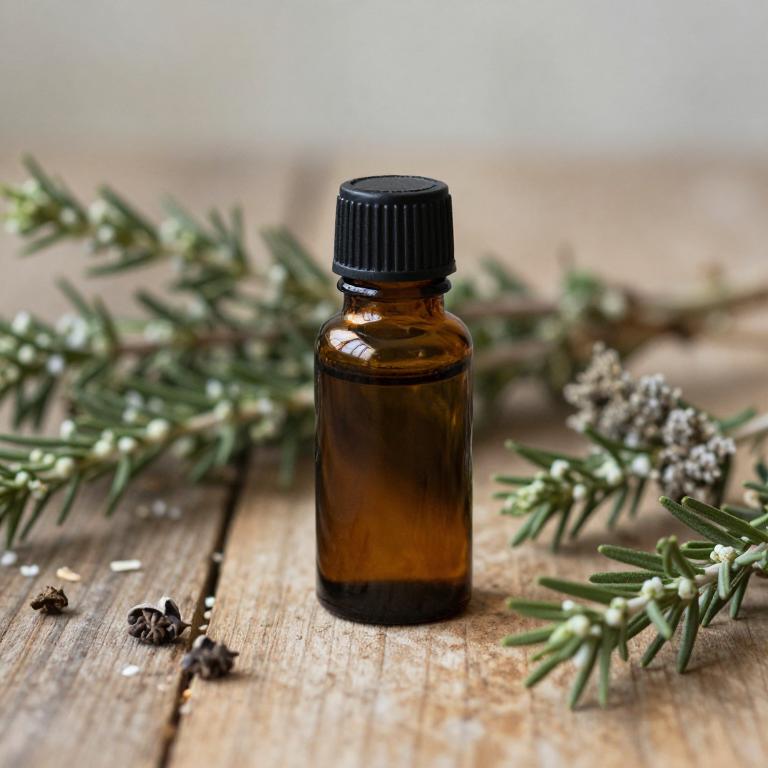
Rosmarinus officinalis, commonly known as rosemary, is a herb widely used in aromatherapy for its stimulating and uplifting properties.
Its essential oil contains compounds like cineole and camphor, which are known for their ability to support the body's natural defenses and may help alleviate a feverish feeling by promoting circulation and mental clarity. When diffused or applied topically, rosemary essential oil can help reduce feelings of fatigue and mental fog often associated with feverish conditions. It is important to dilute the oil with a carrier before applying it to the skin to avoid irritation.
While rosemary essential oil may offer supportive benefits, it should not replace professional medical advice or treatment for fever or illness.
3. Eucalyptus globulus
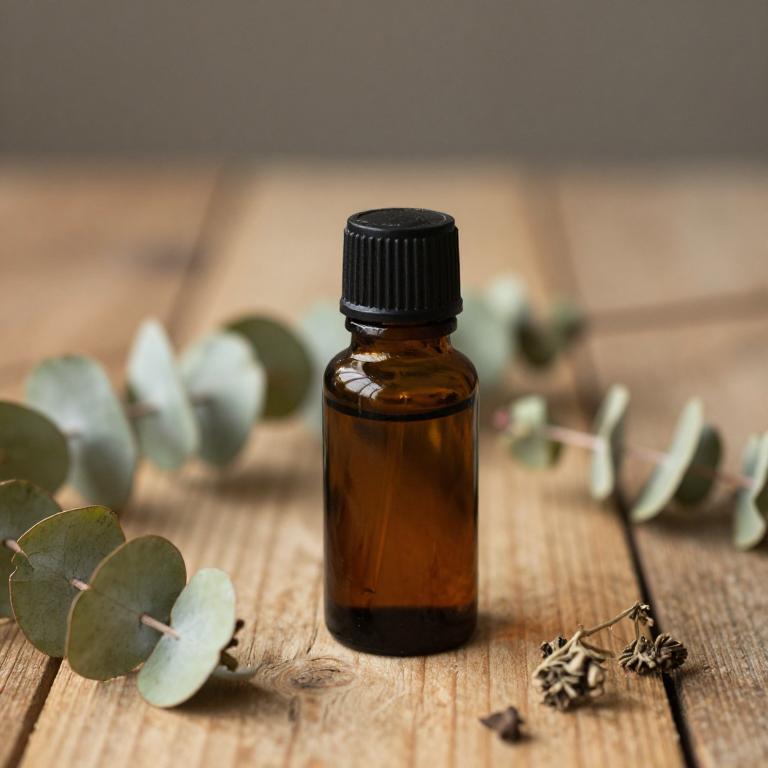
Eucalyptus globulus, commonly known as Australian eucalyptus, is a popular source of herbal essential oils renowned for its refreshing and cooling properties.
When used for a feverish feeling, the essential oil of eucalyptus globulus is often applied topically through massage or inhalation to help reduce body temperature and promote a sense of清凉. Its active compounds, such as eucalyptol and cineole, are believed to have antiseptic and anti-inflammatory effects that support the body's natural cooling mechanisms. To use it safely, dilution with a carrier oil is recommended to avoid skin irritation.
Overall, eucalyptus globulus essential oil is a natural remedy that can offer relief from a feverish sensation when used appropriately.
4. Mentha piperita
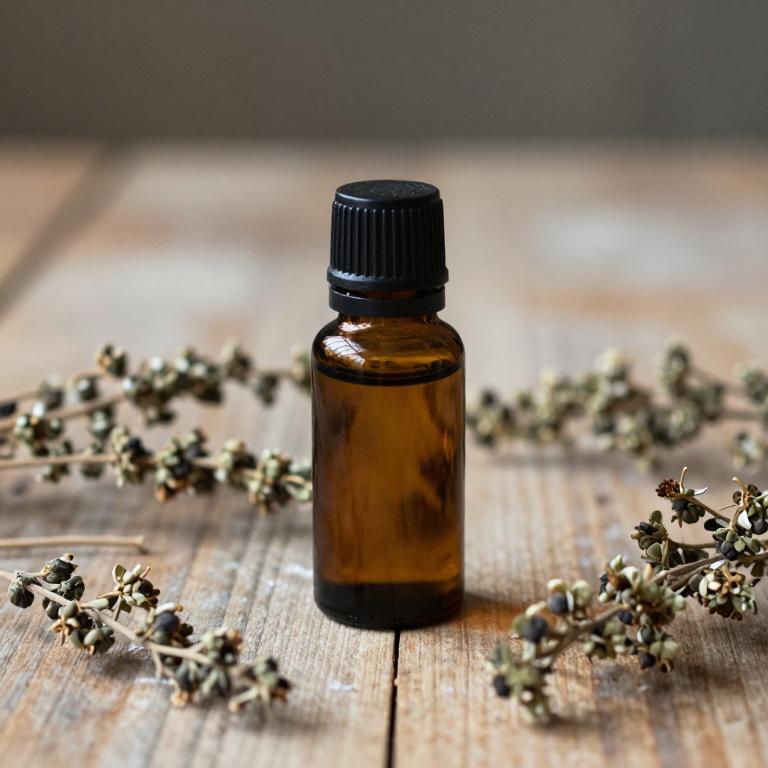
Mentha piperita, commonly known as peppermint, is a popular herb used in the production of essential oils that are often utilized for their cooling and refreshing properties.
The essential oil of peppermint contains high concentrations of menthol, which can help alleviate a feverish feeling by providing a cooling sensation on the skin and promoting a sense of mental clarity. It is frequently used in aromatherapy to reduce body temperature and soothe the discomfort associated with mild fevers. However, it is important to use peppermint essential oil with caution, as it may cause irritation if applied directly to the skin without dilution.
When properly diluted, peppermint essential oil can be a natural and effective remedy to support the body's natural cooling processes during a feverish condition.
5. Zingiber officinale

Zingiber officinale, commonly known as ginger, is widely used in herbal medicine for its warming properties and ability to alleviate a feverish feeling.
The essential oil derived from ginger contains bioactive compounds such as gingerol and shogaol, which have potent anti-inflammatory and antipyretic effects. When used aromatically or topically, ginger essential oil can help reduce body temperature and ease the discomfort associated with a fever. It is often recommended for its ability to stimulate circulation and promote a sense of warmth, which can be soothing during mild fevers.
However, it is important to dilute the oil properly before use and consult a healthcare professional, especially for individuals with sensitive skin or underlying health conditions.
6. Piper nigrum
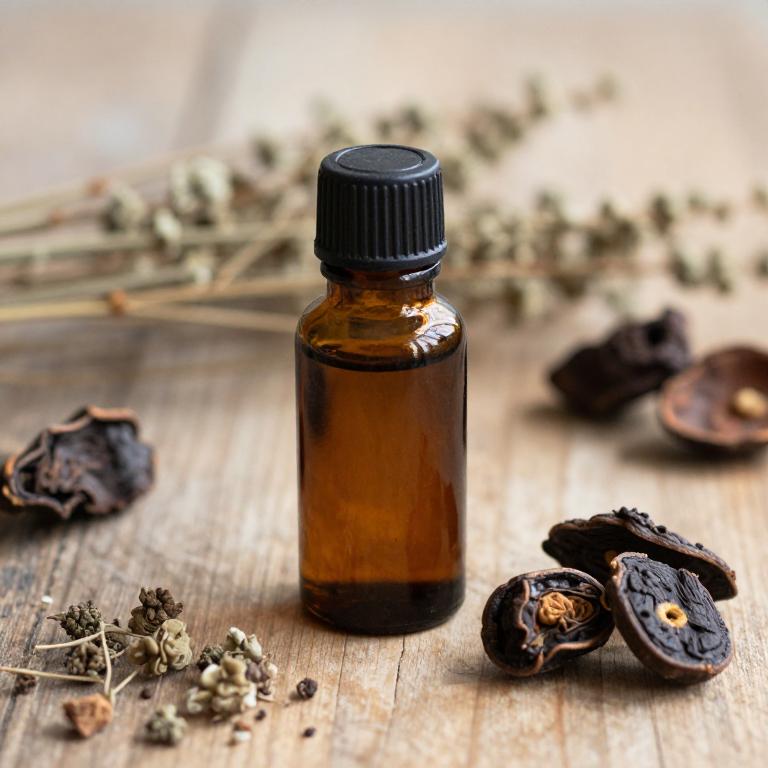
Piper nigrum, commonly known as black pepper, contains essential oils that have been traditionally used for their warming and stimulating properties.
These oils, derived from the dried fruit of the plant, are believed to help alleviate a feverish feeling by promoting circulation and stimulating the body's natural defenses. The primary active compounds, such as piperine, may contribute to the oil's ability to induce perspiration and reduce body temperature. When used in aromatherapy or topical applications, piper nigrum essential oil can provide a comforting, invigorating sensation that may support the body's response to mild fevers.
However, it is important to use these oils with caution and consult a healthcare professional before using them for therapeutic purposes.
7. Lavandula angustifolia
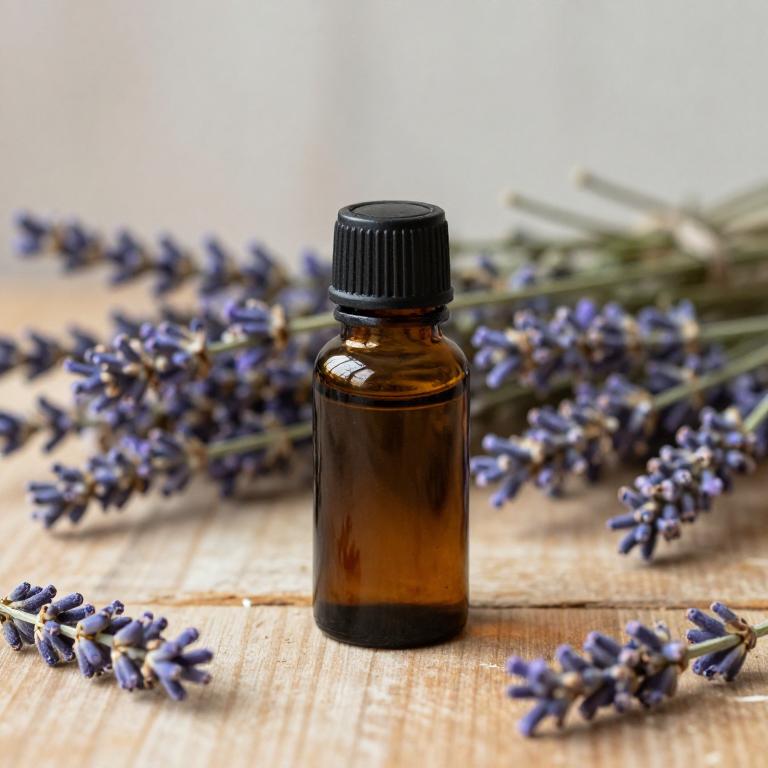
Lavandula angustifolia, commonly known as English lavender, is widely used in aromatherapy for its calming and soothing properties.
Its essential oil contains compounds like linalool and lavandin, which have been shown to reduce stress and promote relaxation, potentially helping to alleviate a feverish feeling by lowering overall body tension. When inhaled or used in diffusers, lavender essential oil can have a cooling effect on the mind and body, offering temporary relief from the discomfort of a feverish sensation. It is often recommended for use in massage oils or as a steam inhalant to support the body's natural cooling mechanisms.
However, it should be used with caution and in moderation, as it may not be suitable for everyone, especially those with sensitive skin or specific medical conditions.
8. Cinnamomum zeylanicum
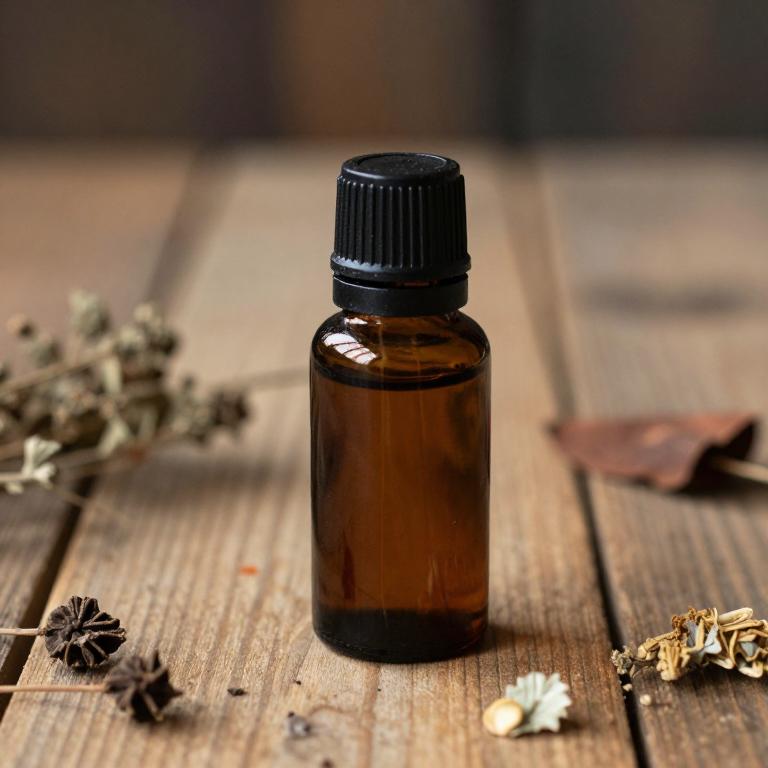
Cinnamomum zeylanicum, commonly known as cinnamon bark, produces a rich and aromatic essential oil that has been traditionally used for its warming and stimulating properties.
This essential oil is often employed in aromatherapy to help alleviate a feverish feeling by promoting circulation and supporting the body's natural cooling processes. The active compounds in cinnamon essential oil, such as cinnamaldehyde and eugenol, possess mild antiseptic and anti-inflammatory qualities that may help reduce discomfort associated with mild fevers. When used in diffusion or diluted topical applications, it can provide a soothing yet invigorating effect that supports the body's healing response.
However, it is important to use this oil with caution, as it may cause skin irritation or interact with certain medications, so consulting a healthcare professional is advisable before use.
9. Cinnamomum verum
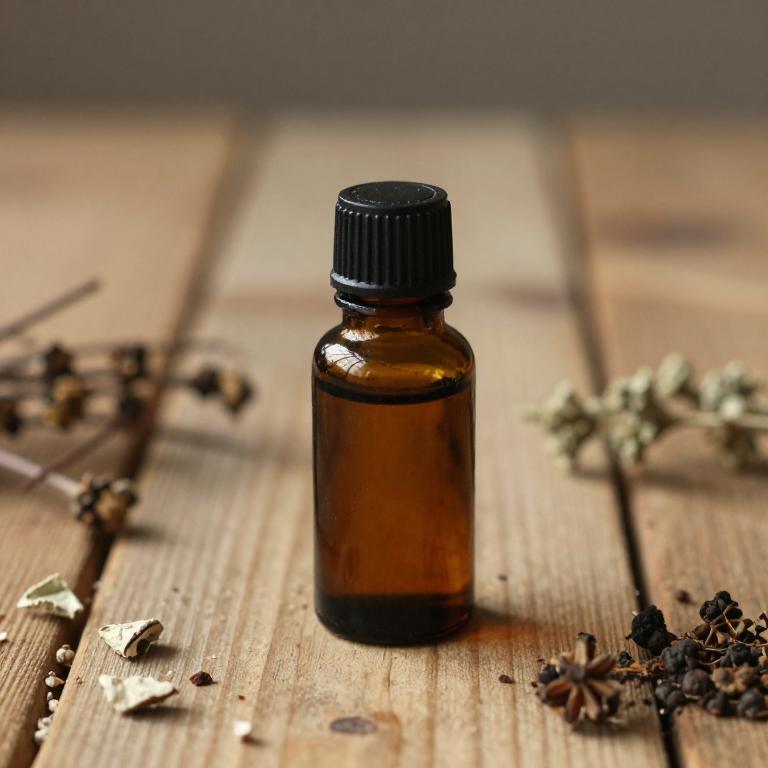
Cinnamomum verum, commonly known as true cinnamon, contains essential oils that have been traditionally used for their warming and aromatic properties.
These essential oils, derived from the bark of the tree, are rich in cinnamaldehyde and eugenol, which contribute to their therapeutic effects. When used in aromatherapy, cinnamon essential oil may help alleviate a feverish feeling by promoting circulation and supporting the body's natural detoxification processes. It is often diffused or diluted and applied topically to help reduce feelings of chills and discomfort associated with mild fevers.
However, it should be used with caution, as it may cause irritation in sensitive individuals or interact with certain medications.
10. Curcuma longa
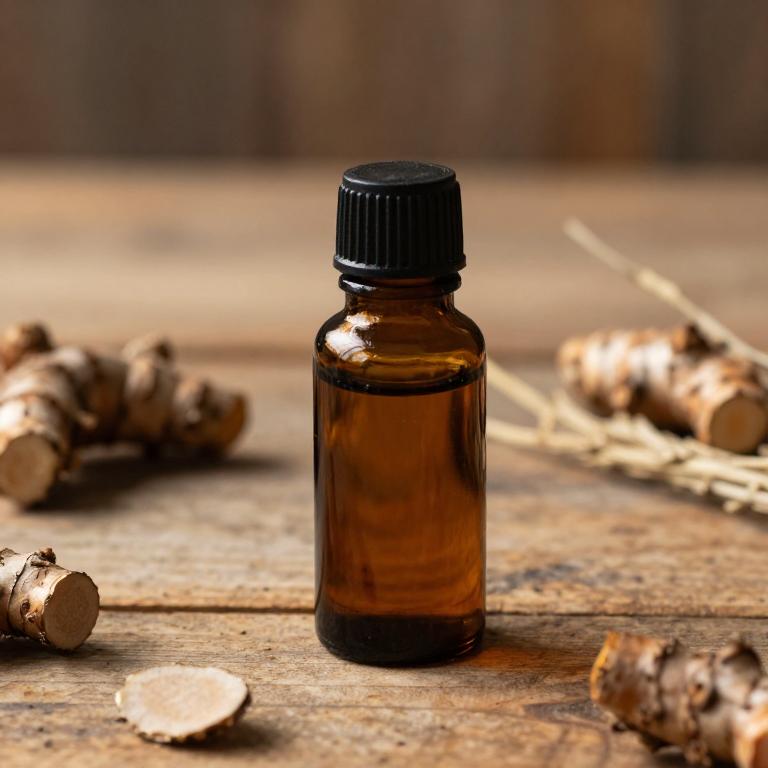
Curcuma longa, commonly known as turmeric, is widely used in traditional medicine for its various therapeutic properties, including its potential role in alleviating feverish feelings.
The essential oils derived from Curcuma longa contain bioactive compounds such as curcuminoids, which possess anti-inflammatory and antipyretic effects. These oils may help reduce body temperature by modulating the body's inflammatory response and supporting immune function. However, while some studies suggest its potential benefits, more research is needed to confirm its efficacy for feverish conditions.
It is advisable to consult a healthcare professional before using Curcuma longa essential oils for feverish symptoms, especially in conjunction with other treatments.